Saber-Toothed Tiger: The Ultimate Prehistoric Predator
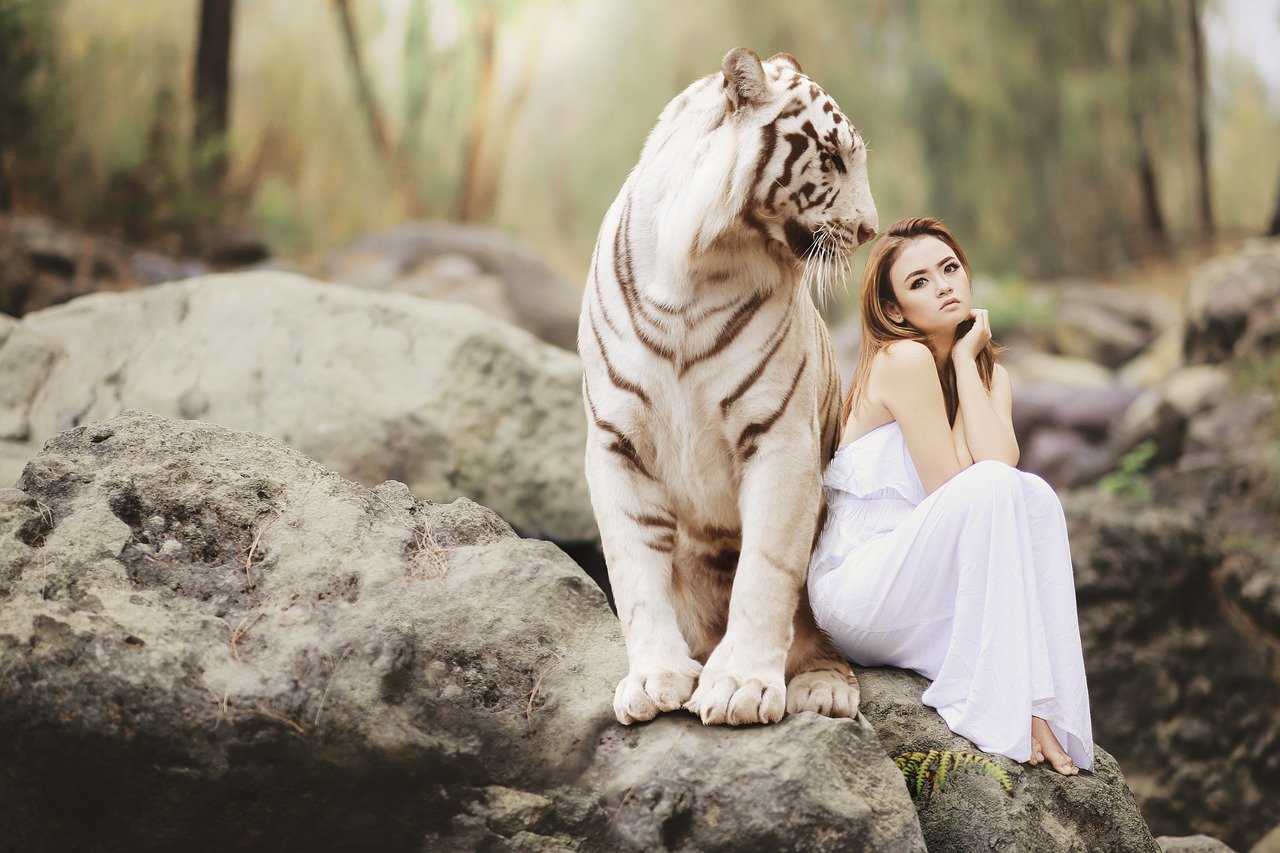
Picture a cat with teeth longer than your fingers, and you’ve got the saber-toothed tiger. These magnificent beasts weren’t actually tigers at all, but belonged to their own unique family called Machairodontinae. Their iconic canine teeth could grow up to 7 inches long, making them perfect for delivering fatal bites to large prey.
What made these cats so deadly wasn’t just their impressive dental hardware. They possessed incredibly powerful forelimbs and shoulders, built like heavyweight boxers ready to wrestle down massive prey. When a prehistoric horse crossed paths with one of these predators, the encounter rarely ended well for the horse.
Cave Lion: Europe’s Massive Feline Overlord

The cave lion wasn’t your average big cat lounging around ancient European caves. These giants were about 25% larger than modern African lions, with males weighing up to 700 pounds of pure muscle and hunting instinct. They roamed across Europe and Asia during the Pleistocene epoch, dominating landscapes that early humans also called home.
Their hunting strategy was brutally effective against large herbivores like prehistoric horses. Unlike modern lions that rely on group hunting, cave lions were probably more solitary, using their massive size and strength to overpower prey through sheer force. Cave paintings from our ancestors show just how impressive and terrifying these creatures must have been.
American Lion: The New World’s Apex Cat
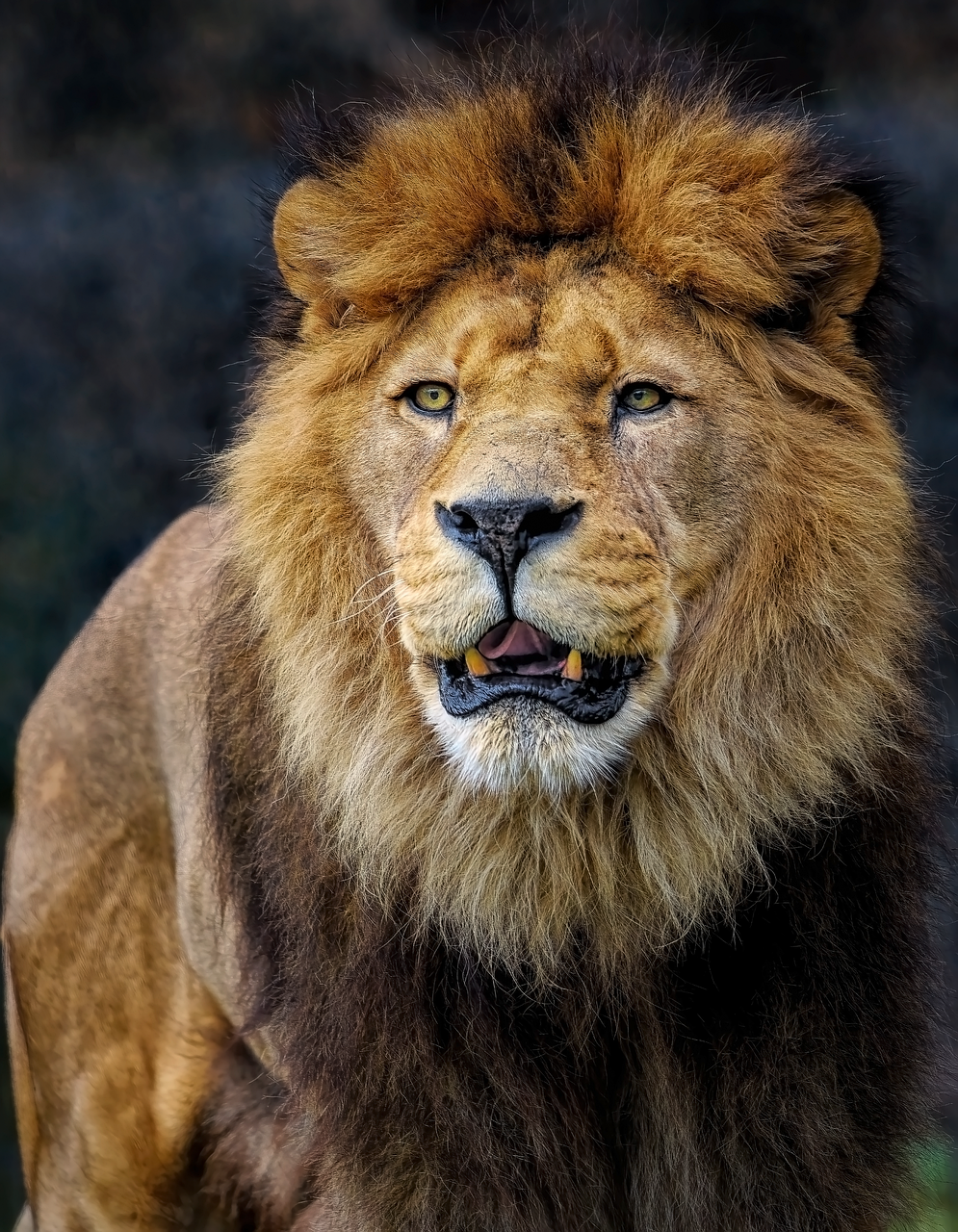
North America once hosted its own version of the ultimate predator, and it was even more impressive than its European cousin. The American lion was possibly the largest cat that ever lived, with some specimens reaching nearly 900 pounds. These cats ruled the continent from Alaska to Mexico, making prehistoric horses just another item on their extensive menu.
What’s fascinating about American lions is how they adapted to diverse environments, from icy tundras to warm grasslands. They had longer legs than modern lions, perfect for chasing down swift prey like ancient horses across open terrain. Their fossils tell stories of epic battles between predator and prey that shaped the prehistoric American landscape.
Scimitar Cat: The Speed Demon of Ancient Times

While saber-toothed tigers got all the fame, scimitar cats were the real speed specialists of the prehistoric world. These sleek predators had shorter, curved teeth and bodies built for pursuit rather than ambush. They were the cheetahs of their time, but with the power to take down much larger prey than any modern big cat.
Scimitar cats evolved specifically to hunt the fast-moving herbivores of their era, including various species of prehistoric horses. Their lightweight build and powerful hindquarters made them incredibly agile hunters. Think of them as nature’s perfect fusion of a cheetah’s speed with a lion’s killing power.
Homotherium: The Dirk-Toothed Nightmare
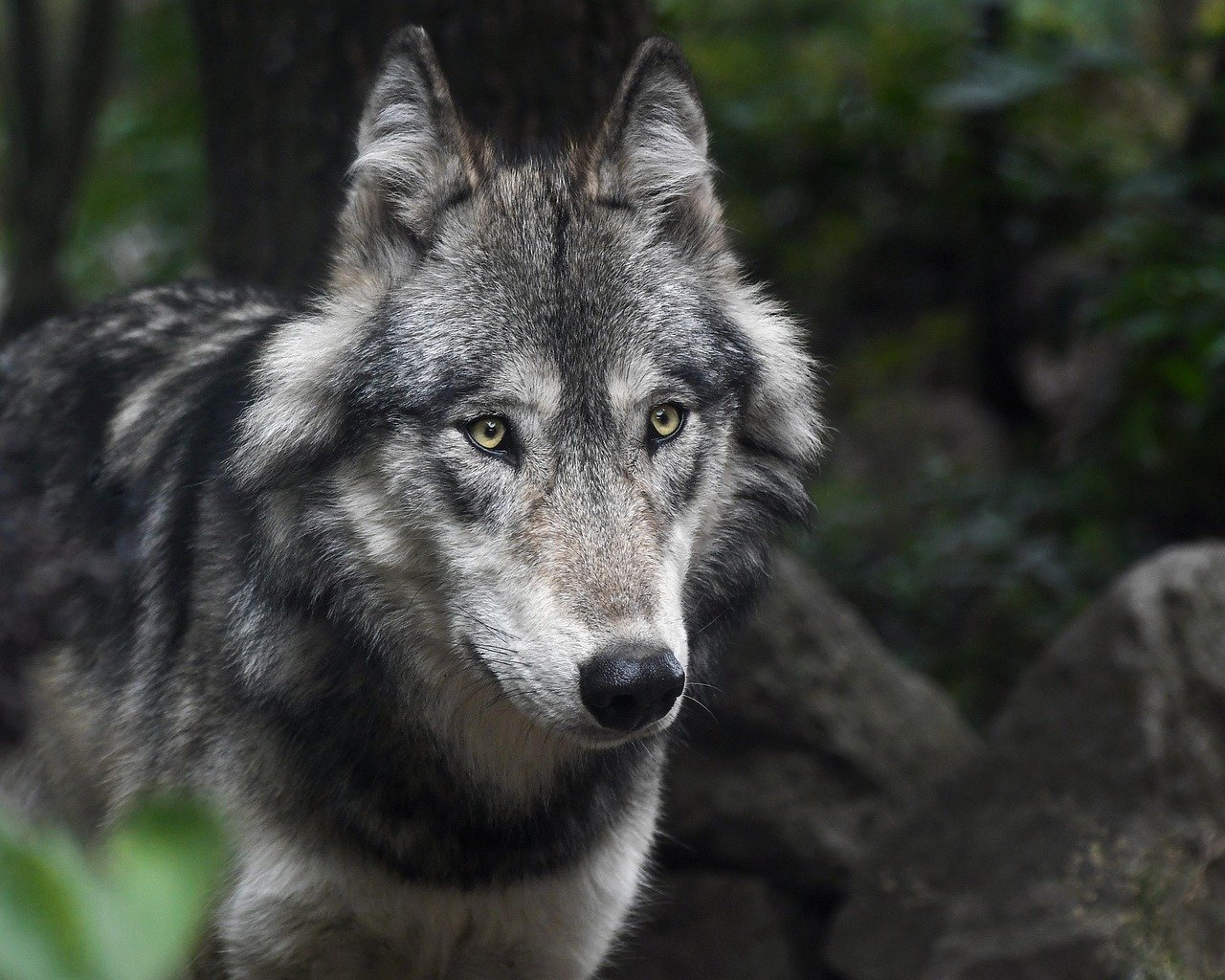
Meet the cat that looked like it was designed by someone’s worst nightmare. Homotherium, also known as the dirk-toothed cat, had a unique combination of features that made it one of the most successful predators of the Pleistocene. Unlike other saber-toothed cats, these hunters had a more dog-like build with longer legs and a sloping back.
What made Homotherium particularly dangerous to prehistoric horses was their pack-hunting behavior. These cats worked together like wolves, surrounding and overwhelming large prey through coordinated attacks. Their teeth were perfectly designed for slicing through tough hide and delivering precise, lethal wounds to major blood vessels.
The Size Advantage: When Cats Were Giants

Modern house cats might seem harmless, but their prehistoric ancestors were absolute units. Most of these extinct predators were significantly larger than today’s biggest cats, with some weighing as much as small cars. This size difference wasn’t just for show – it was a crucial adaptation for taking down massive prey like prehistoric horses.
The gigantism of these ancient cats was driven by the abundance of large herbivores during the Pleistocene. When your dinner table includes giant horses, massive bison, and enormous ground sloths, you need to be big enough to handle the challenge. Evolution responded by creating some of the most impressive predators ever to walk the earth.
Hunting Strategies: Ambush vs. Pursuit

These prehistoric cats didn’t all hunt the same way, and their different strategies reveal fascinating insights into predator-prey relationships. Saber-toothed tigers were ambush specialists, using their powerful builds to deliver devastating surprise attacks. They would lie in wait near water sources or game trails, then explode into action when prey came within range.
Other species like the scimitar cats were built for the chase, pursuing their prey across open landscapes with relentless determination. This diversity in hunting styles meant that prehistoric horses faced threats from multiple angles – they couldn’t just watch out for ambush predators or outrun pursuit specialists.
The Arms Race: Prey vs. Predator Evolution
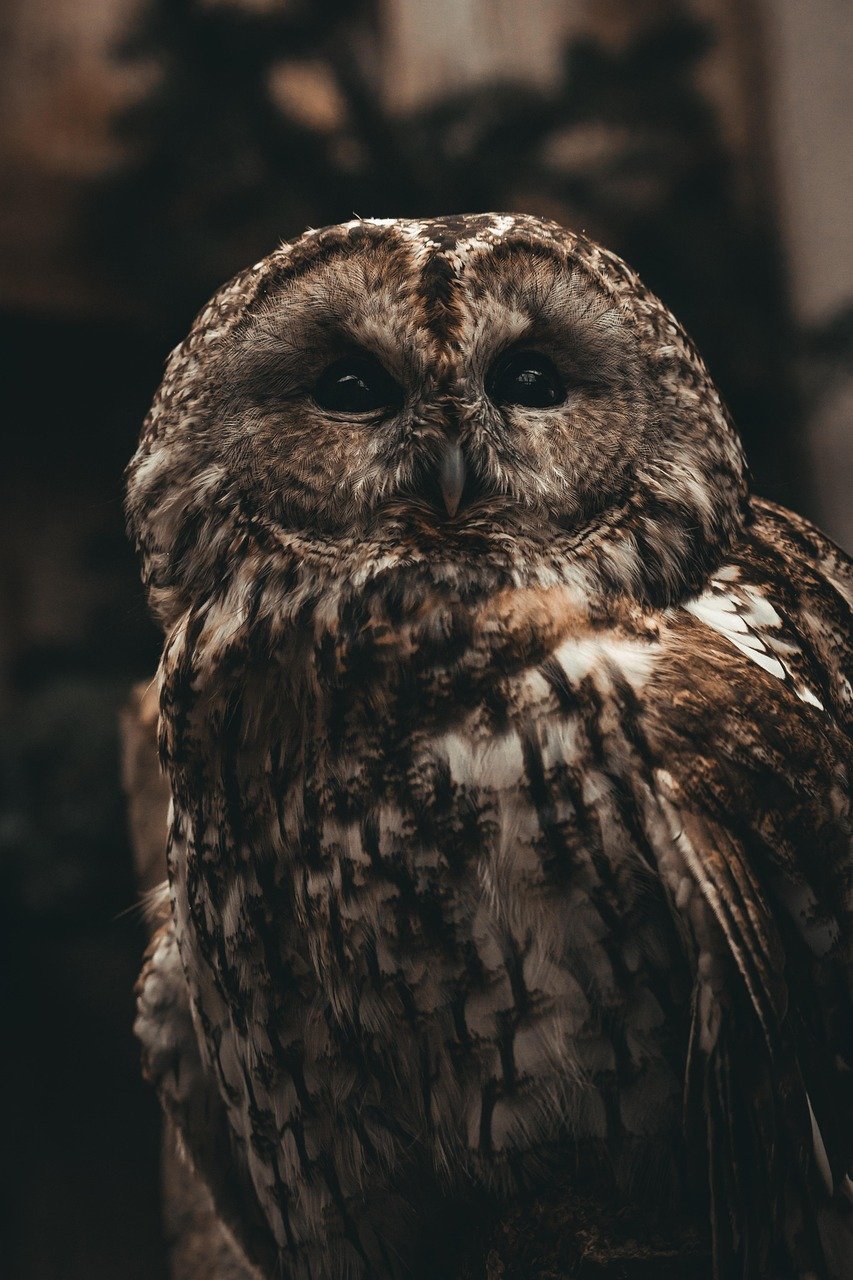
The relationship between these giant cats and prehistoric horses created one of nature’s most intense evolutionary arms races. As cats developed more powerful jaws and deadly teeth, horses evolved stronger legs, better group coordination, and enhanced senses. This constant pressure pushed both predators and prey to evolutionary extremes.
Some prehistoric horses grew to enormous sizes, while others became incredibly fast runners. The diversity of ancient horse species reflects the various survival strategies they developed to deal with different types of cat predators. It was a deadly game of evolutionary one-upmanship that lasted millions of years.
Pack Hunting: When Cats Worked Together
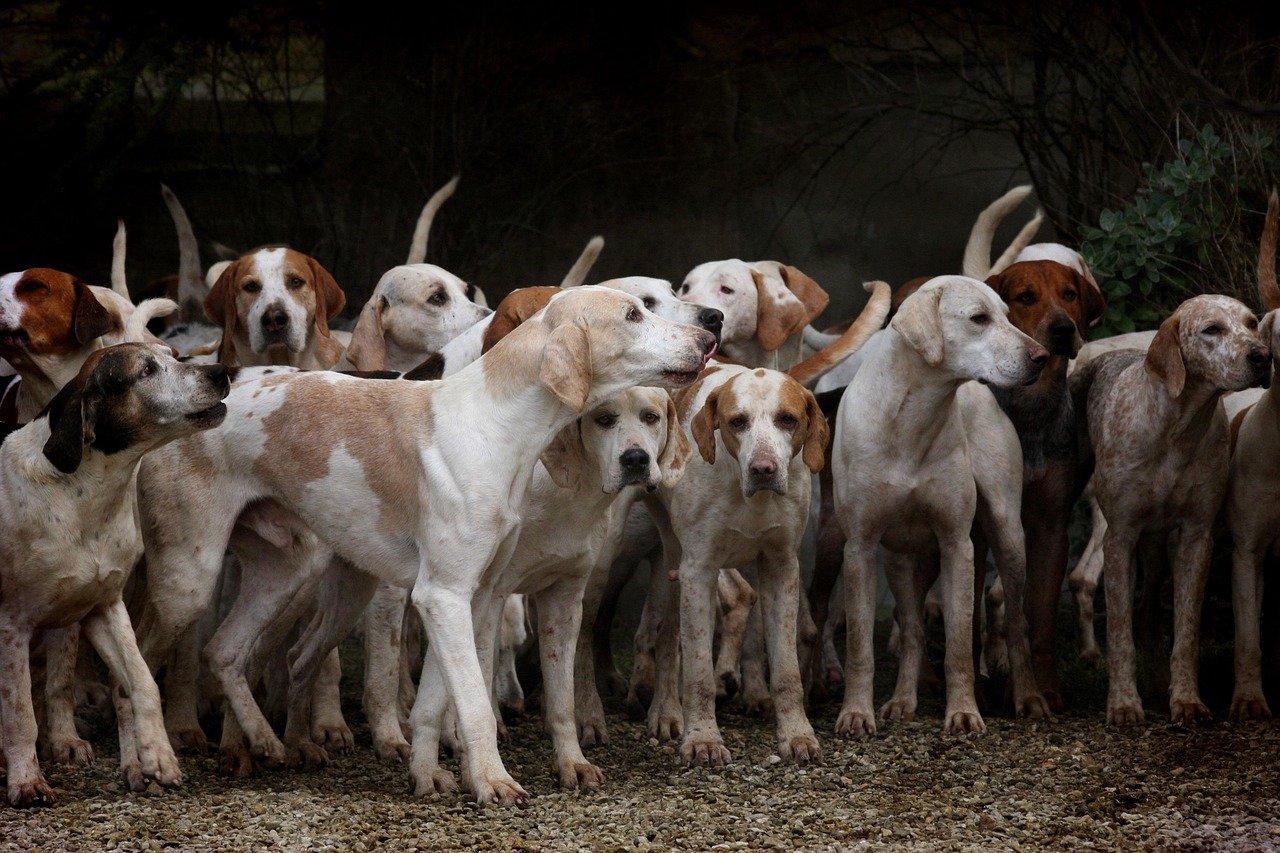
While modern big cats are mostly solitary hunters, several extinct species developed pack-hunting behaviors that made them even more formidable. Homotherium and some populations of cave lions worked together to bring down prey much larger than any individual cat could handle alone. This cooperation allowed them to target the biggest herbivores of their time.
Pack hunting also meant these cats could take down multiple prey animals at once, creating surplus kills that could feed the entire group. For prehistoric horses, encountering a pack of these predators was essentially a death sentence, as escape routes would be cut off and the cats could coordinate their attacks for maximum effectiveness.
The Great Extinction: Why These Cats Disappeared
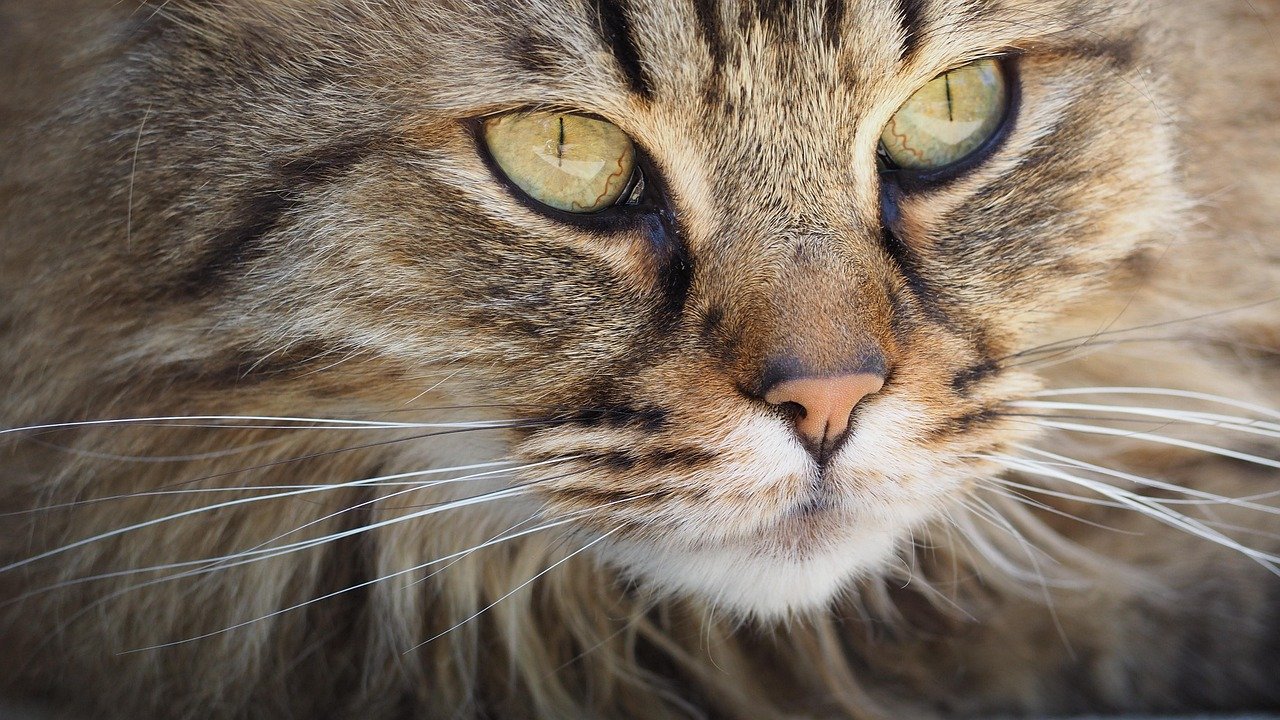
The end of the last ice age marked the beginning of the end for these magnificent predators. Climate change, habitat loss, and the arrival of human hunters created a perfect storm that these cats couldn’t survive. As their prey species dwindled, the large cats found themselves without sufficient food sources to maintain their populations.
The extinction of these cats also marked a fundamental shift in earth’s ecosystems. Without these apex predators, herbivore populations exploded and then crashed, leading to widespread ecological changes. The loss of these incredible hunters changed the very fabric of life on earth in ways we’re still discovering today.
Modern Echoes: What These Cats Teach Us
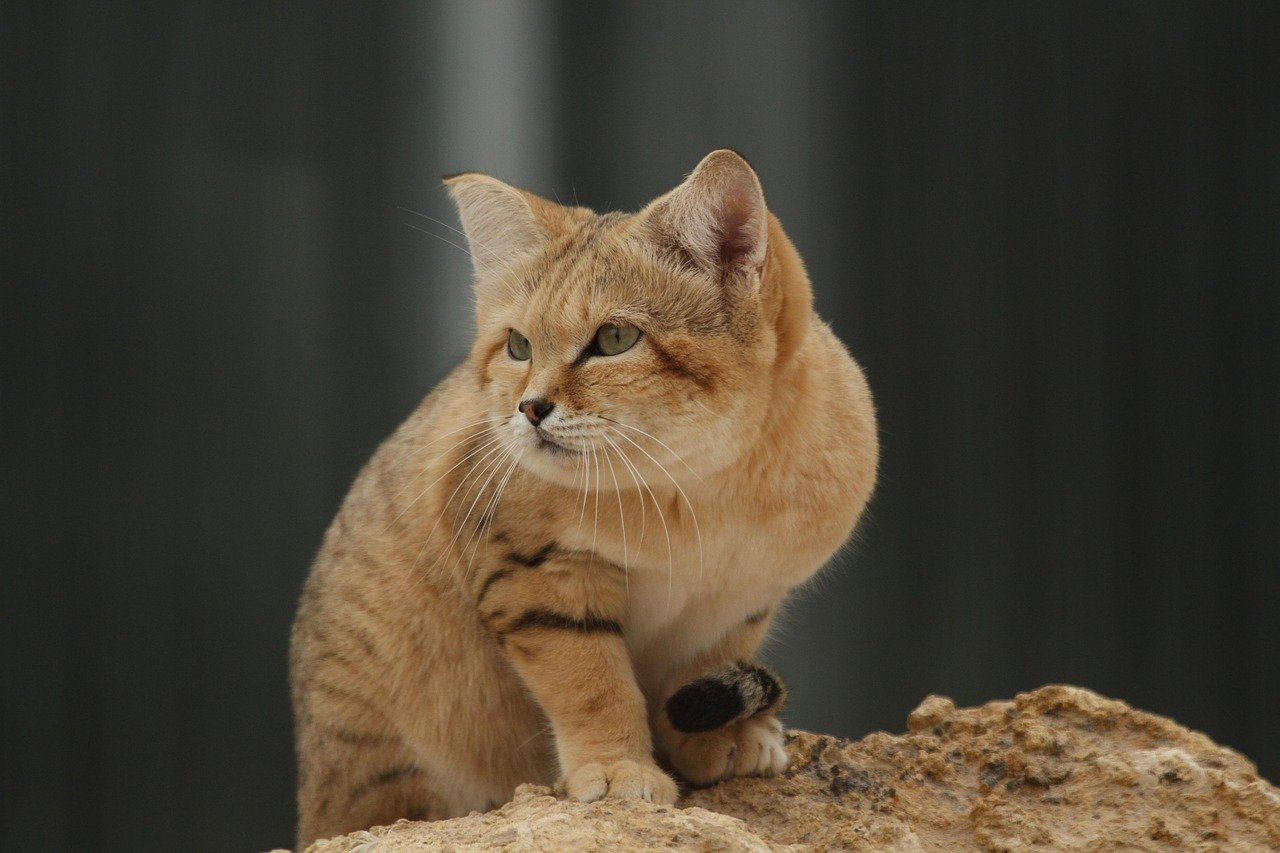
Studying these extinct predators gives us incredible insights into how ecosystems function and what happens when apex predators disappear. Modern conservation efforts often reference the lessons learned from these ancient extinctions, helping us understand the critical role that large predators play in maintaining ecological balance.
The story of these prehistoric cats also reminds us that evolution is constantly creating new solutions to survival challenges. Each species developed unique adaptations that made them perfectly suited to their environment and prey. Their legacy lives on in the genetic code of modern cats, from your house pet to the biggest lions and tigers.
Conclusion: The End of an Era
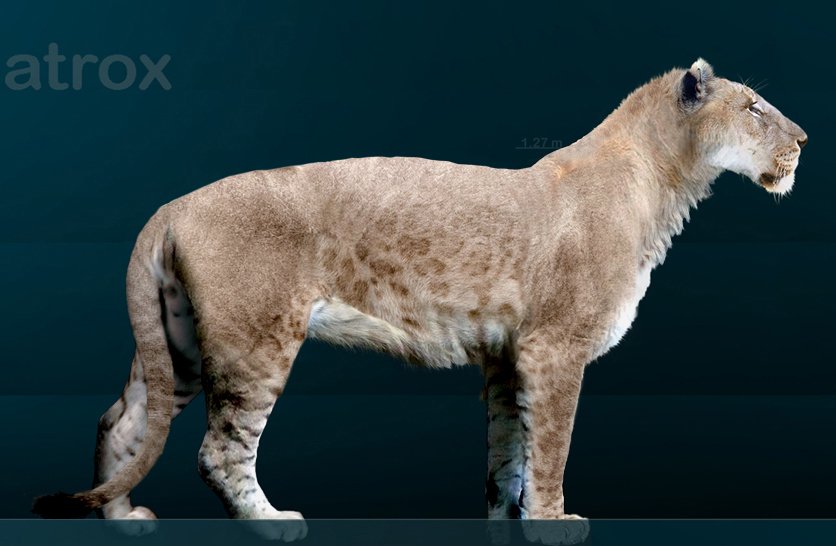
These five extinct cats represent some of the most successful predators in earth’s history, each perfectly adapted to hunting the large herbivores of their time. Their disappearance marked the end of an era when giant cats ruled the world, leaving behind only fossils and cave paintings to tell their incredible stories.
The next time you see a house cat stalking a toy mouse, remember that they carry the genetic legacy of these magnificent hunters. The instincts that drive your pet’s behavior are the same ones that once brought down creatures the size of modern horses. Which of these ancient predators would you have been most afraid to encounter?

Born and bred in South Africa, a Capetonian at heart. Amy-Leigh’s love for nature and animals was inherited from her Dad. He loves taking the family on road trips to experience nature at its finest; Amy-Leigh’s favourite being whale watching in Hermanus and spotting Kudu along the West Coast. Amy-Leigh holds a BA in English Literature and Communication Studies.






